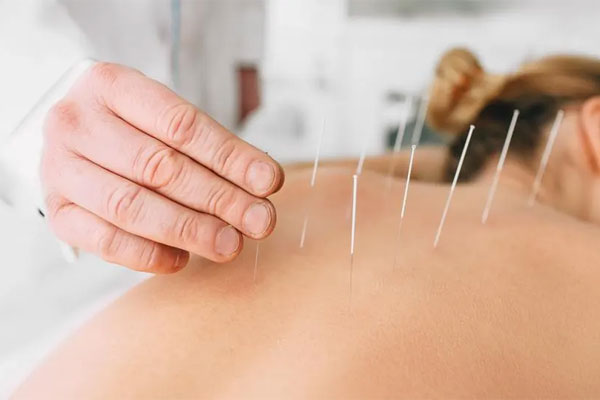WHAT IS ACUPUNCTURE THERAPY?
Acupuncture is the practice of penetrating the skin with thin, solid, metallic needles which are then activated through gentle and specific movements of the practitioner’s hands or with electrical stimulation. Acupuncture is part of the ancient practice of Traditional Chinese medicine. Traditional Chinese medicine practitioners believe the human body has more than 2,000 acupuncture points connected by pathways or meridians. These pathways create an energy flow (Qi, pronounced “chee”) through the body that is responsible for overall health.
Disruption of the energy flow can cause disease. By applying acupuncture to certain points, it is thought to improve the flow of Qi, thereby improving health. Acupuncture is not for everyone. If you choose to see an acupuncturist, discuss it with your doctor first and find a practitioner who is licensed as having proper training and credentials.
LIMITATIONS/SIDE EFFECTS
The possible risks of acupuncture are:- It is dangerous if a patient has a bleeding disorder or takes blood thinners.
- Bleeding, bruising, and soreness may occur at the insertion sites.
- Unsterilized needles may infect the patient.
- In rare cases, a needle may break and damage an internal organ.
- When inserted deeply into the chest or upper back, there is a risk of collapsed lung, but this is very rare.

CONDITIONS TREATED.
Acupuncture points are believed to stimulate the central nervous system. This, in turn, releases chemicals into the muscles, spinal cord, and brain. These biochemical changes may stimulate the body’s natural healing abilities and promote physical and emotional well-being. Studies have shown that acupuncture is an effective treatment alone or in combination with conventional therapies to treat the following:
Nausea caused by surgical anesthesia and cancer chemotherapy
- Dental pain after surgery
- Addiction
- Headaches
- Menstrual cramps
- Tennis elbow
- Fibromyalgia
- Myofascial pain
- Osteoarthritis
- Low back pain
- Carpal tunnel syndrome
- Asthma
